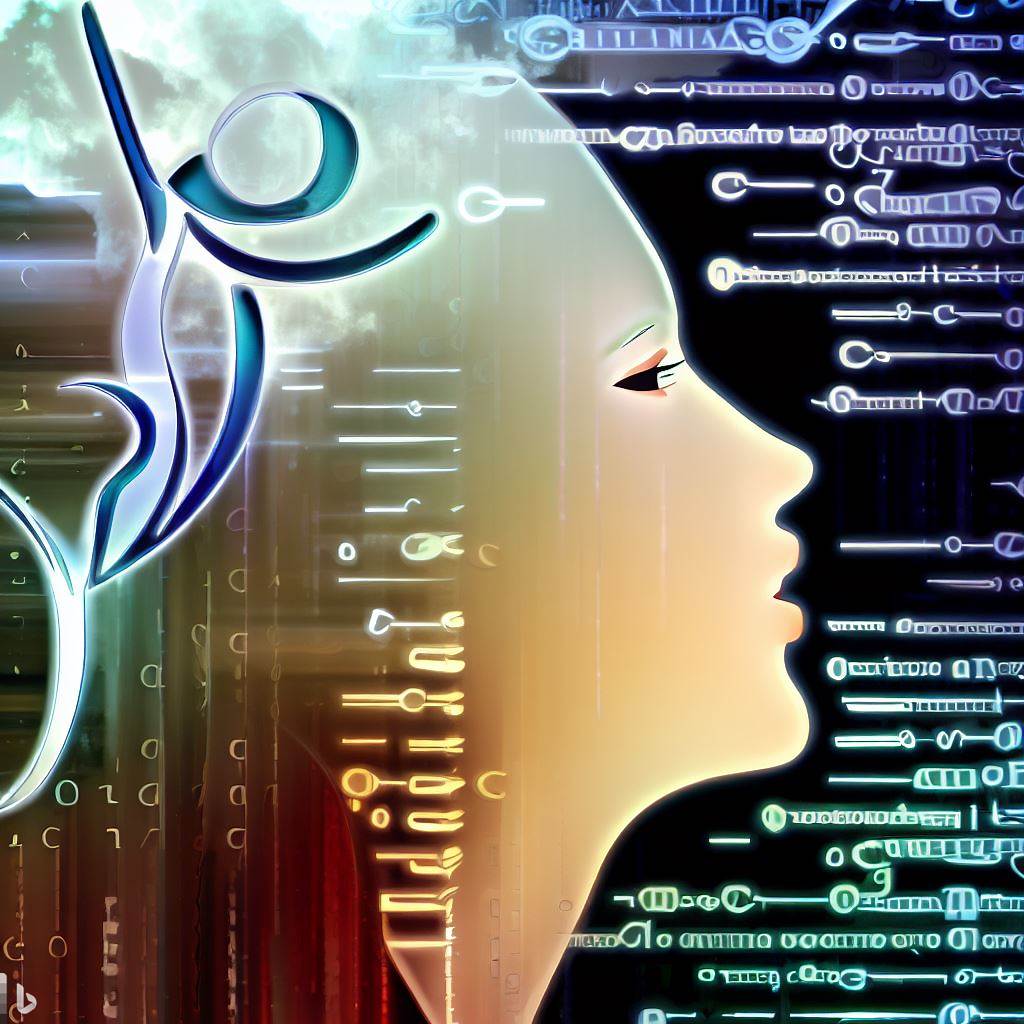How Large Language Models Learn from Data - Guest Blog @Benjamin Endersen
“Books are a uniquely portable magic.” — so quoth the prolific author Stephen King. Now, imagine if you could distill the essence of every book ever written into a digital brain. You could ask it questions, and it would generate replies, providing insights, solutions, or just witty banter. Sounds like science fiction, doesn’t it? But this is precisely what Large Language Models (LLMs) aim to achieve.
Unravelling the Magic of Words
At their heart, LLMs, such as GPT-4 or BERT, are pattern recognition systems. They learn patterns from an enormous corpus of text data, and then utilize these patterns to predict or generate new text. But let’s not keep ourselves confined to the realm of grand statements. Let’s delve deeper, pulling apart the stitches of these digital brains to understand how they learn.
Feeding on Books: The Training Process
LLMs learn from text in a process similar to how a child learns a language, but on an extraordinarily accelerated scale. Children learn by absorbing information from their surroundings, especially through exposure to conversation and reading. LLMs, on the other hand, learn from a training process called supervised learning.
Supervised learning involves a dataset, which is a vast collection of text data in the case of LLMs. This dataset is divided into pairs of input and expected output. The LLM processes the input, makes a prediction, and then adjusts its internal parameters based on how well its prediction matches the expected output. This cycle is repeated millions, if not billions of times.
In the case of GPT-4, the model was trained on a diverse range of internet text. But don’t worry, it hasn’t learned to type in cat memes or mastered the art of clickbait (although that could be an amusing, if not terrifying, feature for GPT-5). The developers took great care to avoid such pitfalls, curating the dataset meticulously to ensure a broad and balanced representation of human language.
The Crucial Bit: Learning Representations
What makes an LLM special is the way it learns to represent language internally. It uses what are called “embeddings” to represent different words. These are high-dimensional vectors (think multi-dimensional bar codes), where the position of each word is learned during the training process.
These embeddings capture the “meaning” of a word in its position relative to other words. For example, in the world of embeddings, words like “king” and “queen” would be closer to each other than “king” and “apple” because of their semantic relationships.
An LLM like GPT-4 consists of multiple layers (175 billion parameters for GPT-4, to be precise), where each layer learns a more abstract representation of the language. So, the lower layers might learn about individual words and basic grammar, while the higher layers learn to understand complex sentence structures, metaphors, and even some forms of reasoning.
From Understanding to Generation: The Decoder
After learning these representations, the next step is generating new text, and this is where the decoder comes in. It’s like the wizard who takes the magical language soup that the model has learned and conjures up coherent, contextually appropriate sentences.
The decoder is given an input (like a question or a prompt) and uses the learned embeddings to generate a piece of text, word by word. It uses something called “attention” mechanisms to figure out which parts of the input are most relevant to generating the next word, and keeps going until it has a complete sentence, a paragraph, or even a full article.
The Limits of Learning
As smart as LLMs may seem, they’re still far from truly understanding language in the
way humans do. They can’t really comprehend nuances of social context, nor can they reliably generate insightful content beyond the information present in their training data. You could say they’re like parrots, mimicking the patterns they’ve seen without a deeper understanding.
The Journey Ahead
Just as a child does not stop learning language after mastering the basics, the journey of LLMs is far from over. As we continue to develop these models, they will get better at understanding and generating text. And who knows? Perhaps one day, we’ll have a digital brain that doesn’t just mimic human language, but truly understands and generates it in novel, creative ways.
Until then, we’ll continue to marvel at the digital parrots, as they mimic, learn, and improve, one word at a time.
Guest blog by Benjamin Endersen, show the support and head to his medium page and give him a follow: https://medium.com/@bendersen/how-large-language-models-learn-from-data-f77125985fb2 Thanks Ben!
Guest blog by Benjamin Endersen, show the support and head to his medium page and give him a follow: https://medium.com/@bendersen/how-large-language-models-learn-from-data-f77125985fb2 Thanks Ben!
